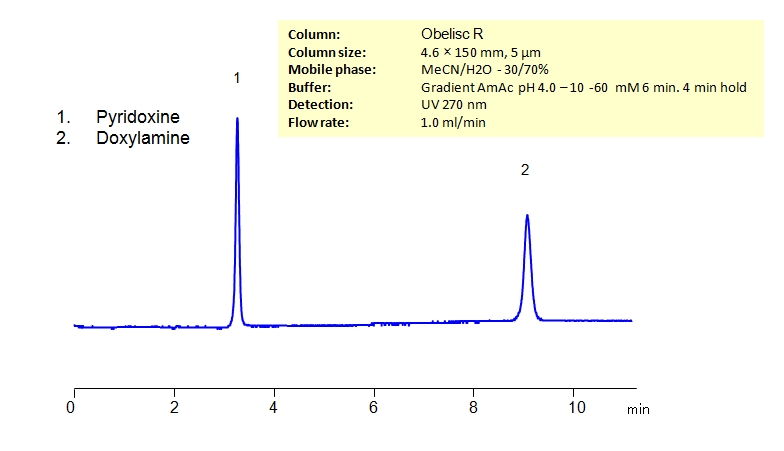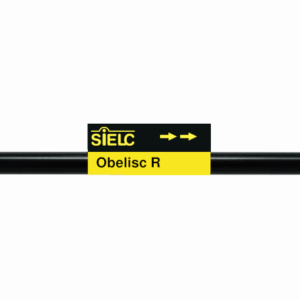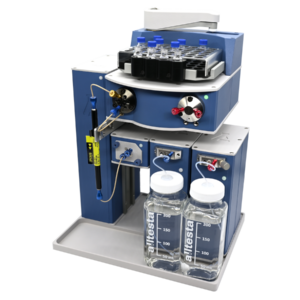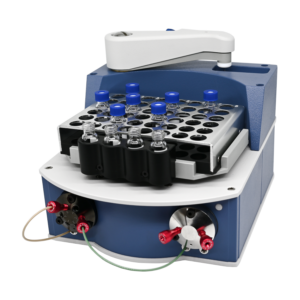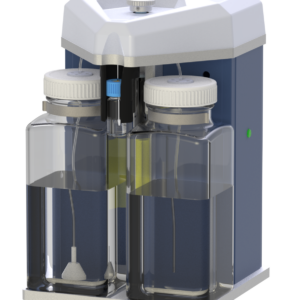HPLC Method for Doxylamine, Vitamin B6 (Pyridoxine) on Obelisc R by SIELC Technologies
High Performance Liquid Chromatography (HPLC) Method for Analysis of Doxylamine, Vitamin B6 (Pyridoxine).
Pyridoxine, also known as Vitamin B6, with the chemical formula C8H11NO3. It is an essential nutrient required by the body to produce red blood cells and for proper nerve functioning. Sources of it include fish, beef liver, chicken, eggs, dark leafy greens, potatoes, chickpeas, cereals, and more. Deficiency of Vitamin B6 can case dermatitis, sores in the mouth, depression, anemia, and seizures. You can find detailed UV spectra of Doxylamine, Vitamin B6 (Pyridoxine) and information about its various lambda maxima by visiting the following link.
Doxylamine is an antihistamine with the chemical formula C17H22N2O. It is a common treatment for insomnia and allergies. When taken together with Vitamin B, they can treat morning sickness in pregnant women.
Pyridoxine and Doxylamine can be retained, separated, and detected on a normal-phase Obelisc R using an isocratic analytical method with a simple mobile phase of water, Acetonitrile, and an Ammonium Formate buffer. This analysis method can be detected in the low UV regime at 270 nm.
| Column | Obelisc R, 4.6 x 150 mm, 5 µm, 100 A, dual ended |
| Mobile Phase | MeCN/H2O – 30/70% |
| Buffer | AmAc pH 4.0. gradient from 10 to 60 mM in 6 min, 4 min hold |
| Flow Rate | 1.0 ml/min |
| Detection | UV 270 nm, MS- compatible mobile phase |
| Class of Compounds | Hydrophobic, Drug |
| Analyzing Compounds | Doxylamine, Vitamin B6 (Pyridoxine) |
Application Column
Obelisc R
Column Diameter: 4.6 mm
Column Length: 150 mm
Particle Size: 5 µm
Pore Size: 100 A
Column options: dual ended
Vitamin B6 (Pyridoxine)

